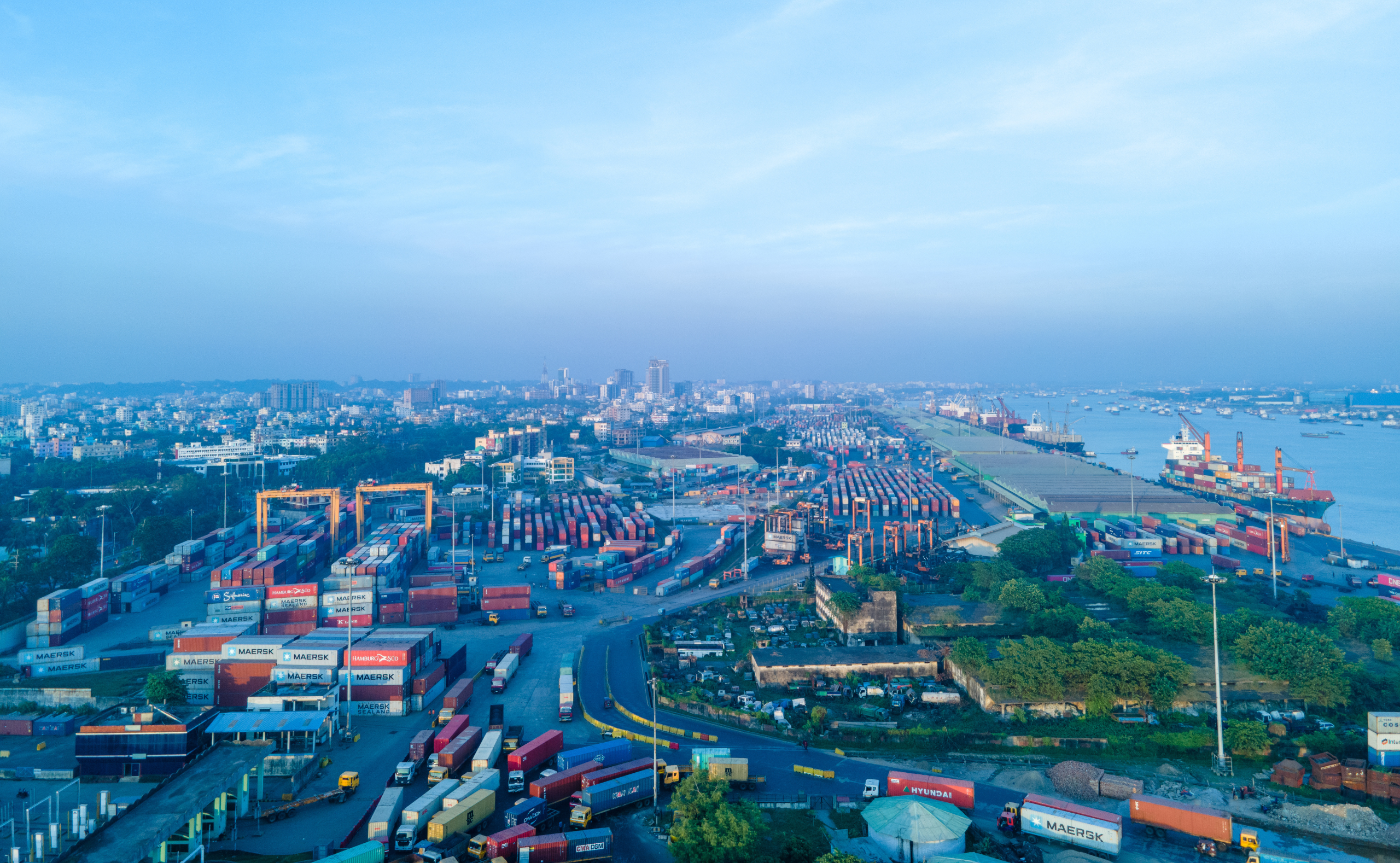 According to a report by the Asian Development Bank (2008), “Asia’s economies are increasingly vital to each other and to the world. Asia’s output today roughly equals that of Europe or North America, and may well be 50% larger than theirs by 2020, in terms of purchasing power parity.” Moreover, with both the US and Europe continuing to post low GDP growth of 1% to 2.5% annually, the center of the recovery has shifted to Asia. These factors became apparent during the November 2012 ASEAN summit, when Asia saw two different approaches to trade liberalization. One is the ASEAN-led Regional Comprehensive Economic Partnership (RCEP) and the other is the US-led Trans-Pacific Partnership (TPP).
According to a report by the Asian Development Bank (2008), “Asia’s economies are increasingly vital to each other and to the world. Asia’s output today roughly equals that of Europe or North America, and may well be 50% larger than theirs by 2020, in terms of purchasing power parity.” Moreover, with both the US and Europe continuing to post low GDP growth of 1% to 2.5% annually, the center of the recovery has shifted to Asia. These factors became apparent during the November 2012 ASEAN summit, when Asia saw two different approaches to trade liberalization. One is the ASEAN-led Regional Comprehensive Economic Partnership (RCEP) and the other is the US-led Trans-Pacific Partnership (TPP).
RCEP is an FTA between ASEAN and ASEAN’s FTA partners—Australia, the People’s Republic of China (PRC), India, Japan, the Republic of Korea, and New Zealand. It is envisaged to be a high-quality and mutually-beneficial economic partnership agreement that will broaden and deepen the current FTA engagements. RCEP is expected to be concluded by the end of 2015 and will account for almost half of the global population and about a third of global economic output. It is based on an open accession clause and welcomes participation of any ASEAN FTA partner that chooses to participate later.
TPP, on the other hand, is being pushed as a “WTO-plus approach,” and 11 countries (Australia, Brunei Darussalam, Canada, Chile, Malaysia, Mexico, New Zealand, Peru, Singapore, the US, and Viet Nam) have been negotiating the agreement for the past year. Japan is expected to join the negotiations this July.
RCEP will be built on ASEAN’s experience and is expected to bring together all five of the ASEAN+1 FTAs into an integrated regional economic framework. It would be guided by the “ASEAN way” where objectives and commitments would be driven by a consensus decision process. RCEP is likely to be more accommodative to the development differences of the member countries, thus providing flexibility and adjusting mechanisms in reaching the common end-goals. In addition to liberalizing trade in goods, services, and investment, it will pay more attention to physical, institutional and people-to-people connectivity, narrow development gaps and be built to respond to new developments, such as the emerging international production networks.
On the other hand, in addition to the trade component in goods, services and investment, the TPP is said to have a more demanding set of commitments—intellectual property rights, labor standards, competition policy, investment rules, the environment, and the role of state-owned enterprises. These issues might not have any immediate direct trade-related aspects but are marketed to meet the challenges of the 21st century.
Perceived benefits
As tariff rates have been lowered in many countries, “behind the border” issues or trade facilitation measures would gain more prominence under the RCEP and TPP. These measures may include the publication of customs laws and regulations, trade procedures and documentation, product standards and conformation, and trade-related infrastructure and services.
An agreement between a small group of countries may be able to deal with the concerns over the “noodle bowl” effect of overlapping, smaller FTAs, and may lead to on an overarching set of free trade principles. This is the case for ASEAN, where in addition to regional FTAs, the member countries are also pursuing bilateral FTAs.
Regional trade arrangements like the RCEP and TPP are expected to support emerging international production networks. Keeping this in mind, the RCEP and TPP may give more priority to certain service sectors—such as transportation, telecommunications, ICT, logistics and financial services—which could contribute to or take advantage of the formation of international production and distribution networks.
Concerns may arise over potential competition between the RCEP and TPP as the regional pacts have similar objectives of trade liberalization and economic integration. The RCEP and TPP may also come into conflict due to the rivalry between the US and the PRC. Besides, any competition between these two agreements may lead to division among ASEAN members, which may undermine ASEAN’s centrality in the region.
ASEAN FTAs are not uniform. On trade in goods, for example, ASEAN and its six FTA partners not only use different tariff classifications for their tariff concessions, but they also use different schedules for their FTAs with different countries. In addition, tariff concessions from the same country differ depending on the FTA, and tariff elimination rates are different across ASEAN+1 FTAs.
The pace of RCEP negotiations is dependent on the progress and achievements of the ASEAN Economic Community Blueprint. This, in turn, is dependent on domestic reforms, alignment of national economies to the regional initiatives and transparency in “behind-the-border” measures, including coordination between negotiating and implementing agencies in ASEAN countries.
As for the TPP, it is being promoted as a “gold-standard FTA” and is expected to develop a level playing field for businesses in the Asia and Pacific region. However, the members have different levels of economic development. The WTO Plus issues covered under the TPP will require significant reforms in domestic industrial and economic policies of most members. These may raise challenges for developing countries that need economic reforms and for economies that have state-owned enterprises.
Also, the emerging economies of the PRC and India are not part of the TPP. But all current TPP members have important strategic and economic linkages with both countries.
For next few years, Asia will experience an increase in regional integration. Both the RCEP and TPP are ambitious regional trade arrangements, which will involve complex negotiation processes with multiple parties at different stages of economic development and sectors that may or may not be prepared for liberalization. While it is possible that initially the RCEP and TPP may generate competition between the two trade arrangements, both are potential pathways to a free trade area of the Asia and Pacific region (FTAAP).
According to a study by Petri, Plummer and Zhai (2011), both the TPP and RCEP1 track integrations are likely to produce substantial gains and incentives for enlargement. The effect on the world economy would be small initially, but by 2025 the annual welfare gains would rise to $104 billion on the TPP track, $215 billion on the RCEP track and $303 billion on both tracks. An eventual region-wide agreement (FTAAP) would generate $862 billion in benefits by 2025. While for larger countries, such as the US and the PRC, the benefits could be modest initially, but for smaller countries, the agreements would offer significant and immediate benefits.
_____
1 RCEP referred to as “Asian track” in study by Petri, Plummer, and Zhai (2011).
References:
Asian Development Bank. 2008. Emerging Asian Regionalism: A Partnership for Shared Prosperity.
Basu Das, Sanchita. 2013. RCEP and TPP: Comparisons and Concerns. ISEAS Perspective, no 2.
Petri, Peter A., Plummer, Michael G., and Zhai Fan. 2011. “The Trans-Pacific Partnership and Asia Pacific Integration: A Quantitative Assessment.” East-West Center Working Papers, Economics Series, no. 119.
For the complete article, please refer to Basu Das (2013).



